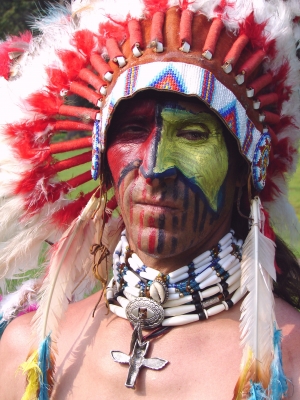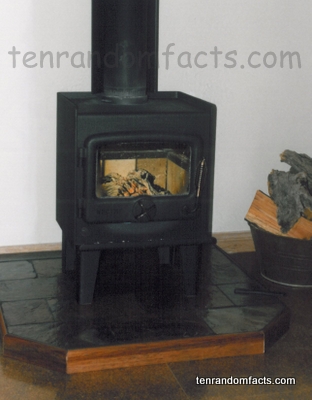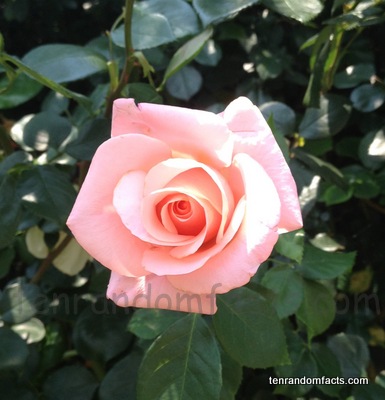
Many countries and tribes have their own dress. Also many countries and tribes have their own facts. Put two and two together and you get facts about traditional dress, in this case, American Indian traditional dress.
- Many western and southern tribes didn’t wear much.
- Many warriors shaved their heads to make them look scary and threatening. and tribes used feathers to express their fighting skills.
- Tribes in the south east and in California pricked themselves using cacti quills or slivers of bones to prick designs on their skin like tattoos.
- Many tribes wore hats if the materials were available.
- Many tribes also wore body paint to show off their bravery or if they were in a special group, as well as to protect them from the sun, wind, cold and stinging or biting insects.
Chief
Image courtesy of Elwood W. McKay III/ Free Digital Photos
- Many men from many tribes wore buckskin between the legs and a tied belt in summer and in winter they added thigh leggings and a knee length tunic.
- Women of most tribes often wore dresses.
- Children normally wore nothing in summer and in winter wore clothes like the adults.
- Jewellery was very popular among tribes and was made using shells, copper, porcupine quills and feathers when available.
- Glass and ceramic beads were made and used for decorating clothes, recording or sending messages, ingredients for medicine or for trade.



























